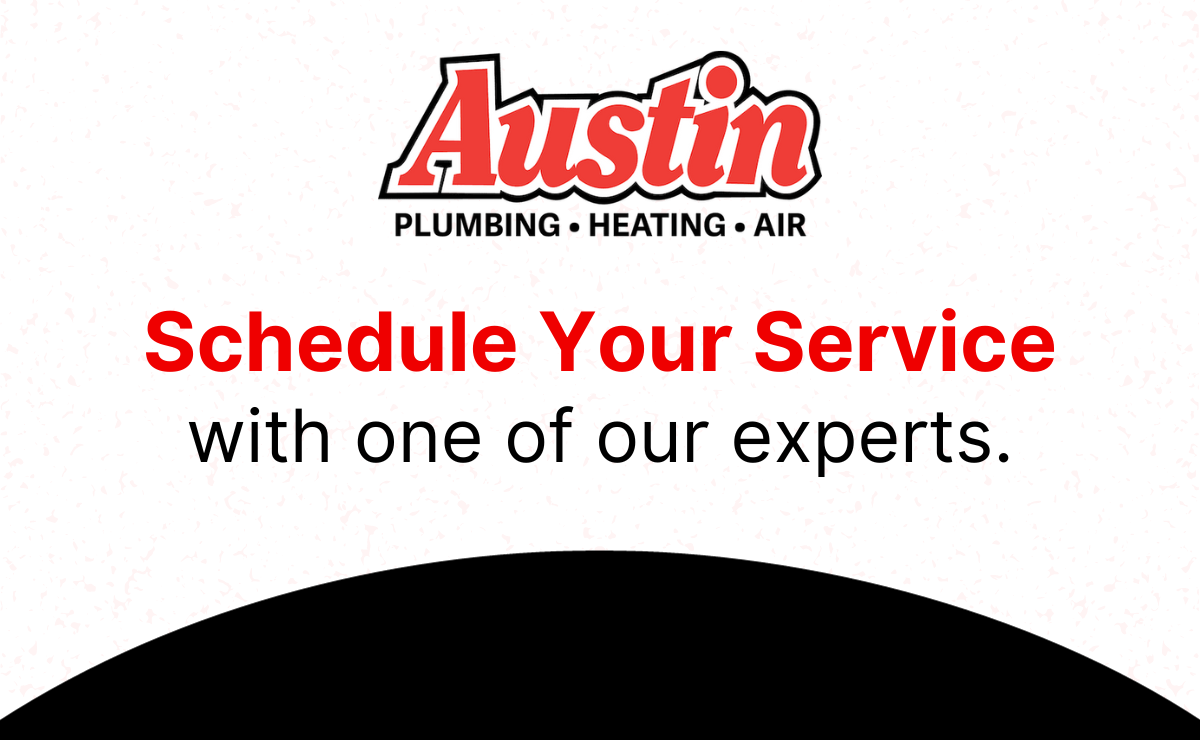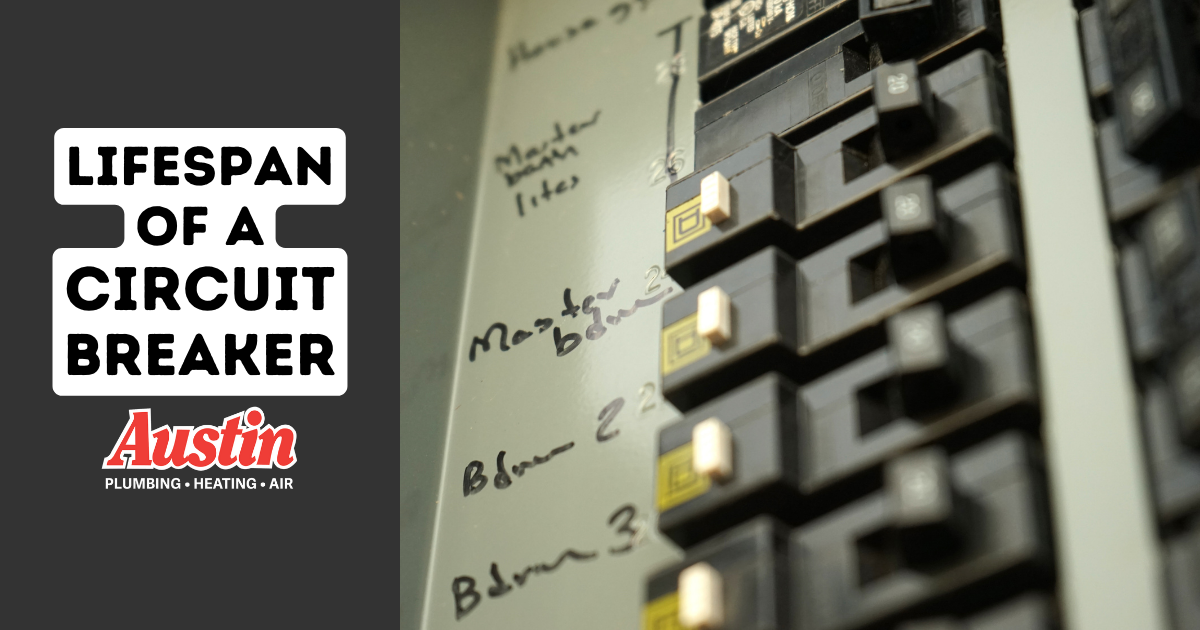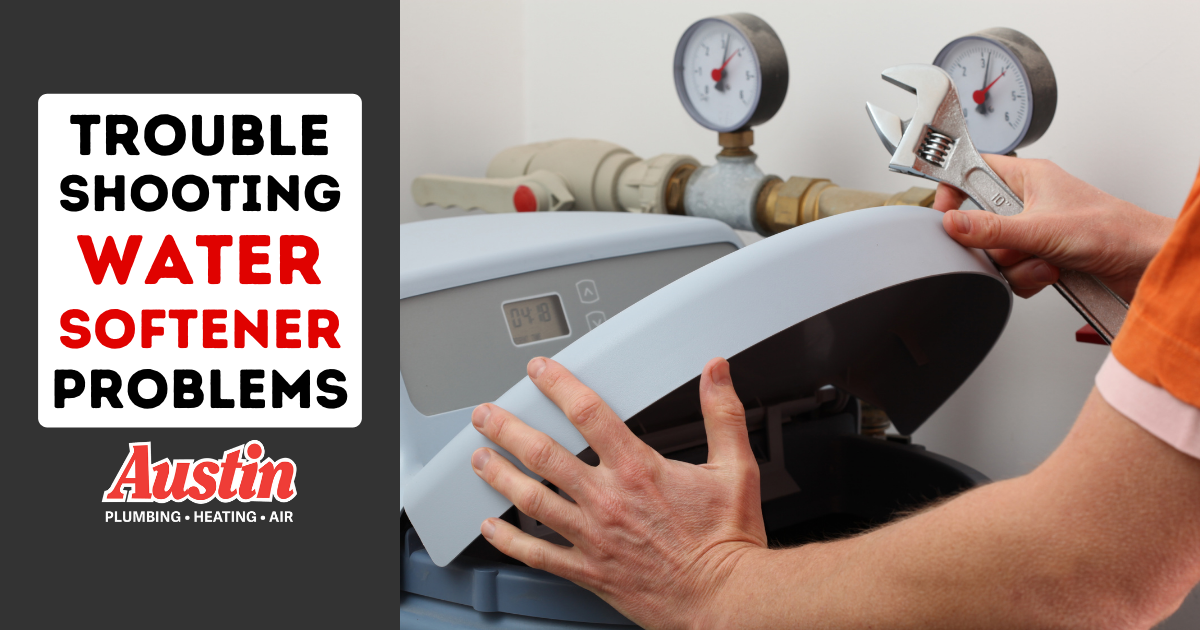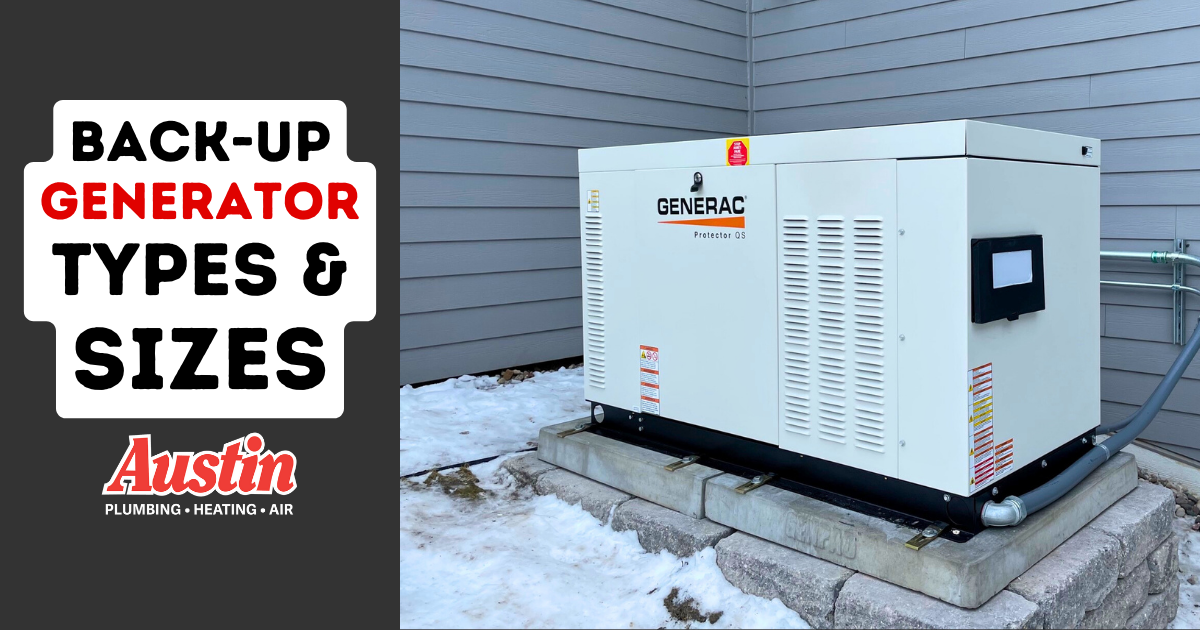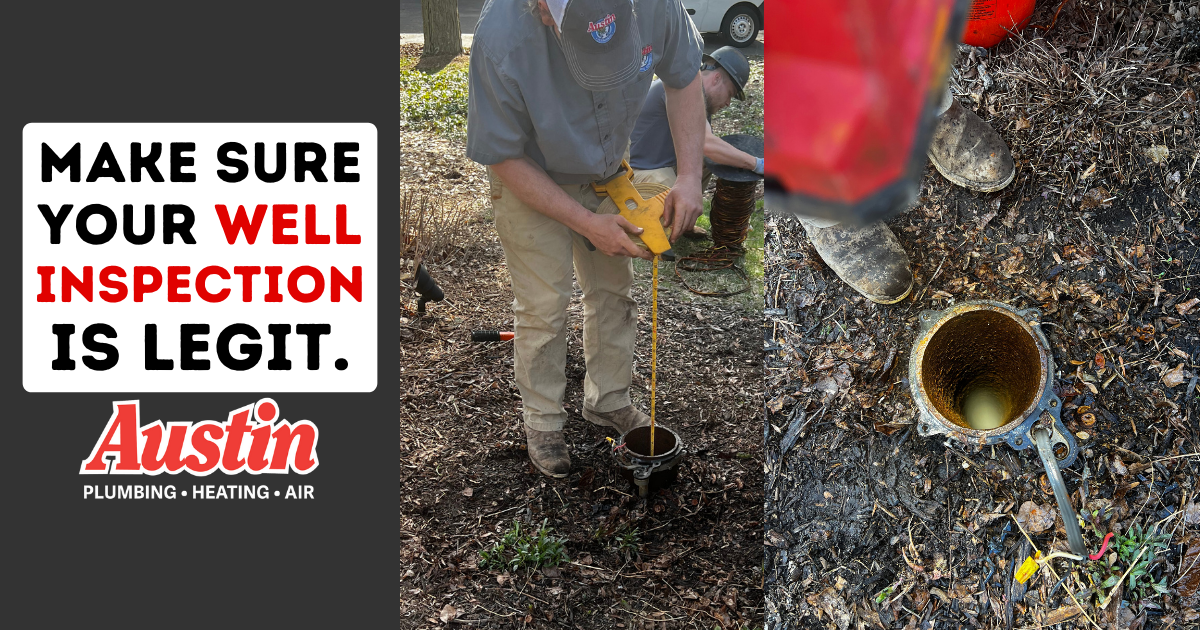Solutions to Low Water Pressure
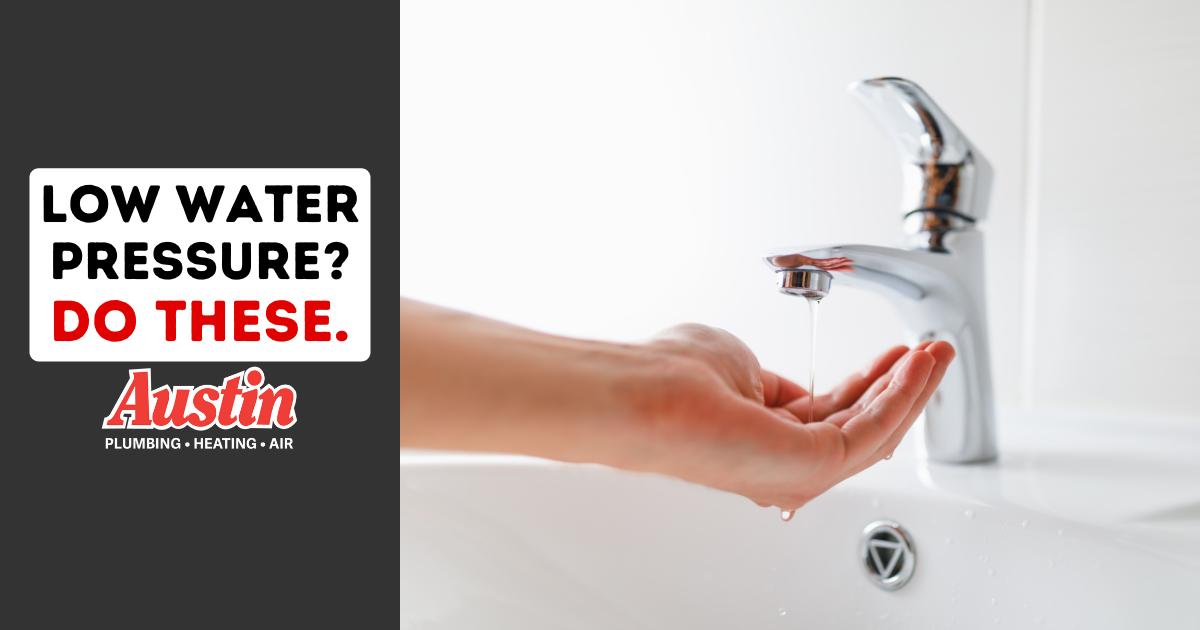
3 Root Causes and 12 Common Solutions to Poor Water Pressure
Our Master Tradesman shoots it straight and outlines the only three things that cause poor water pressure as well as the 12 most common solutions to solve poor or low water pressure in a house. Follow this guide to work your way through fixing weak showers, slowly filling wash machines and toilets, and all water pressure related issues.
Where to Start With Poor Water Pressure
To get to the root cause of your low water pressure issues and start by troubleshooting where the pressure loss is happening. Keep reading as we walk you through how to pinpoint where your water pressure loss is occurring, offer troubleshooting tips and common solutions to poor water pressure.
Root Cause #1- Low Water Pressure From the Source
To get good water pressure at the plumbing fixtures you will need good water pressure at the source and for many pressure issues, the root cause starts at the source. Here is how to troubleshoot and solve water pressure issues that stem from not having adequate water pressure directly from the source.
1) Weak or failing well pump
If you’re on a private well and you’re experiencing poor water pressure, the first thing you should do is check the well system, specifically the pump. Follow this guide if you have poor water pressure and are on a well system.
Signs your well or well pump is to blame for poor pressure
- Well pump is not running
- Pressure tank is cycling on and off too much
- Well pump or tank won’t shut off
- The well system is 12 years or older
Typical solutions if your well system’s pressure is low
Austin Plumbing, Heating & Air are experts at well related poor water pressure issues. The good news is that a well pump repair or well pump replacement resolves most pressure issues that are caused by well systems and can be booked 24/7 here or by calling 262-367-3808.
2) Poor incoming pressure from the city municipal water supply
As cities expand, they have to increase water pressure to push the water supply further out. If your home is on the edge of town and you are having a hard time with water pressure, this could be a result of just not getting enough water to the house from the city.
Signs you may just have poor incoming city water supply
- Your neighbors also have poor water pressure
- The water pressure issue has been going on for a long time
What to do if you suspect poor city water pressure
The best course of action would be to call the city and have them out (typically free of charge) to test your water pressure. Some cities have a minimum water pressure that they supply and if they find they are delivering under that pressure ,they may provide a solution free of charge. However, it is also possible that they won’t, which means you’ll have to have a plumber out for repairs.
Typical solution
- Booster pump installation. Booster pumps are designed to be installed into existing plumbing and work by increasing pressure delivered to the home.
3) Leak in underground pipes
Leaks inside a home are typically hard to ignore, but if you have underground leaks they often go unnoticed for many years. Over time, corrosion of underground pipes can lead to small pin holes, cracks and other corrosion related problems which allow water (and water pressure) to leak out of the pipes as it is on the way to the house.
Signs you may have an underground pipe leak
- High water bill
- Wet spots or water pooling in the yard
- Sound of water running all the time near your water meter
- Well pump runs when no water is being used (if you are on a well)
- Well pump can’t keep up with demand
What to do if you suspect a leak in an underground water pipe?
Call Austin Plumbing, Heating & Air to have one of our experienced plumbers out to your home to troubleshoot the problem and provide you with solutions.
Typical solution
- Leak repair. If the leak is underground, there will need to be some excavation (don’t fret). Team Austin has you covered! Once the pipe is exposed and the leaks are repaired, you water pressure will be back to normal.
Root Cause #2- The Plumbing System or Plumbing Equipment
If the water pressure coming into your home is adequate and you’re still experiencing poor pressure throughout the home, the next most common thing to blame is either the water distribution system or other equipment installed inside. Here are the solutions if your plumbing system or equipment installed are causing the pressure problem.
1) Plugged pipes
The pipes act as the water distribution system for your home and much like the arteries in our bodies, if these pipes get clogged, problems occur. Plumbing pipes age over time and as they do, sediment, debris, iron, and hardness coat the insides of the pipes slowing water flow which in turn causes poor pressure.
Signs you may have plugged water pipes
- Pressure drops when you are using more than one fixture in the home
- Your plumbing system is more than 30 years old
- You have galvanized pipes
- Your overall water quality is poor
Typical solution to plugged plumbing pipes
There are times when a portion of the water pipes in your home can be cleaned to restore flow and water pressure.To determine if the pipes can be cleaned or need to be replaced, it’s best to have a licensed plumber out to the home for complete diagnostics.
2) Failed pressure reducing valves (PRV’s)
A pressure reducing valve is a common component of most plumbing systems and is installed when the incoming pressure to a home is too high. Wait… too high? This article is about poor water pressure. Here is the thing. When a PRV fails, it can fail in a way that causes really bad water pressure and flow. Read all about PRV’s in this comprehensive PRV article.
Signs your pressure reducing valve is causing poor pressure
- Low flow throughout the whole hose
- Chattering or howling sound coming from the PRV
- The water pressure suddenly changed
Typical Solution
A simple repair or replacement of a PRV typically resolves all water pressure related problems as a result of a failed pressure reducing valve and can be performed by Austin Plumbing, Heating & Air!
3) Plugged water filters
If your home has a whole home water filtration system installed and you’re experiencing poor water pressure, these filters should be checked because they are a common cause of pressure related problems.
Signs you may have plugged water filter
- It’s been more than six months since the filter was replaced
- You had good water pressure in the past
- The pressure has gotten worse over time
- Water pressure is good before the filter but not after
Typical solution
Install a new and fresh water filter.
4) Plugged water softener & plugged iron filters
If your home has either a water softener or iron filter or both, this equipment (very common to Wisconsin households) does become plugged with use. When either the head of the iron filter or softener get clogged or the filter media within gets filled up with the hardness and iron this equipment is designed to remove, the water has a very hard time passing through the softener tank or the iron filter tank causing extremely low water pressure throughout the whole home.
Signs your water pressure issue may be water softener or iron filter related
- Your water softener is ten years old or older
- Your iron filter is ten years old or older
- The water pressure at hose faucets and untreated fixtures is good but not after the equipment
- You bypass the iron filter and water softener and the pressure increases
Typical solution
If the root cause of water pressure issues is your water conditioning system, there is a pretty good chance that you will need either a water softener repair or iron filter repair. Austin Plumbing, Heating & Air can assist you by completing any of those services.
5) Closed valves
Believe it or not, there are times when poor pressure is the result of a valve that is not open all the way. This happens on occasion because someone forgets to turn a valve back on after work and there are some valves that can rattle closed over time! For maximum water pressure, all valves should be all the way open in a house.
To rule out a closed valve
- Check to make sure all main valves are fully open
- Main water shut off valve
- Valve before water softener and/or iron filter
- Water heater shut off valve
- Shut off under sinks (fixture shut off valves)
Solution
If you find a valve that is all the way off or partially closed, simply turn open the valve and see if the flow of water and pressure increases.
Root Cause # 3- The Plumbing Fixture Itself
At the end of the line of your home’s water system are the plumbing fixtures themselves, and after eliminating all of the other possible causes of water pressure issues you’re still left with poor pressure, then you may just be dealing with a plugged faucet aerator or shower head. Here are the solutions for your plumbing fixture pressure issues.
1) Plugged shower heads
Folks typically notice poor water pressure while in the shower because it’s easy to feel the difference in the pressure.
Signs you may just have a plugged shower head
- The shower is the only place in the house that has poor water pressure
- The shower head has build up on it
- The pressure in the shower has been slowly getting worse
- You have overall poor water quality in your home
Typical solutions
The great news is, if you’re having problems with water pressure because of a plugged shower head, this is an easy solution for most homeowners to complete.
- Clean the screen where the shower head attaches to the pipe coming out of the wall (requires removal)
- Remove and clean the shower head and the screen behind it
- Soak the shower head in a plastic bag filled with vinegar (this is how you can clean the shower head without removing it)
2) Plugged faucets or aerators
Inside all faucets, typically located at the spout, is an aerator that is made up of many screens. This device helps make the water come out of the faucet in a gentle steam and over time can become clogged with sediment and debris. If you have a pull out spray faucet such as the type of faucet most commonly found at kitchen sinks, there may also be a second screen where the spray head attaches to the pull out hose.
Signs you may have a plugged aerator or faucet hose
- The faucet is the only fixture that has poor pressure
Typical solutions
- Remove and clean the aerator
- Disconnect spray head from hose and clean the screen
3) Plugged wash machine hoses
Connecting your clothes washing machine to the plumbing system is a set of hoses that will have an impact on the water pressure getting to your washer.
Signs your washing machine hoses may be plugged
- The pressure issue seems to be isolated to the washing machine
- The hoses are five years old or older
- It takes a long time for the wash machine to fill
Solutions for plugged washing machine hoses
- Remove and clean the hoses and screens
- Install a new set of washer machine hoses
4) Failed outdoor hose spigot
Many of our clients first notice their pressure issue while watering their yard or garden using an outdoor faucet. If you’re having poor water pressure while using a garden hose, here is what you need to do.
Signs you hose faucet is causing poor pressure
- Eliminate your garden hose. Make sure the hose is not kinked and able to flow freely.
- Check the shut off valve. Sometimes hose faucet valves rattle close over time. Be sure the valve is fully open to the outside hose spigot.
- If using a spray head or a sprinkler head, check the screen. Most hose sprayers and sprinkler heads have a pre-screen to prevent damage, so check to make sure it’s clean and free of debris.
Solutions to poor pressure from a hose spigot
If going through the steps above doesn’t fully resolve your pressure issue, then a simple plumbing repair of the hose faucet is likely all that will be required.
The best low water pressure solution in Wisconsin?
Austin Plumbing, Heating & Air. Troubleshooting and solving water pressure problems can be challenging! At Austin, we have been helping Wisconsin homeowners with their water pressure and water flow problems for over 80 years and offer all of the services needed to resolve water pressure problems on city water, well water, even if the issue is water softener or iron filter related, which is why we have earned the reputation of being the go to solution for water pressure issues in Wisconsin. Call 262-367-3808 today or book service in real time.
